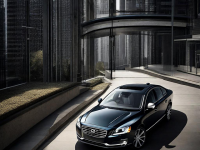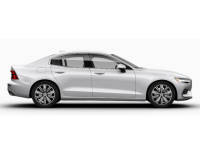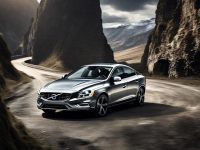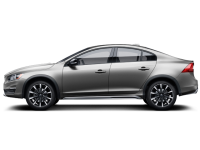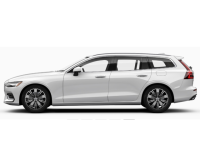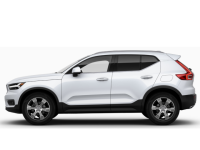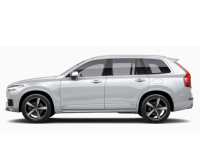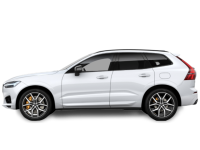New Volvo Cars

Volvo Canada
The Swedish brand Volvo built its reputation on safety and reliability, while offering a range of cars and SUVs that emphasize sportiness and luxury. Volvos typically combine a well-controlled ride, premium features and a well-appointed cockpit.
The Volvo brand presented its first model back in 1927. Called the ÖV4, and nicknamed the Jakob, it was a four-door, open-cockpit car powered by a 4-cylinder engine. By 1930, the company had already produced about 3,000 units, a mix of cars and trucks, which included the 6-cylinder PV650 model. Volvo’s heavy-duty truck division was also under way, and is still in business today.
During the '30s, a succession of models was introduced, including the PV651 to PV654 series, the 7-passenger TR673 and TR674 models followed by the TR675-679, the PV800-series taxis as well as the uplevel, 6-seater PV36 and PV51-56.
The 1940s brought two whole-new models called the PV60, a larger, American-style sedan as well as the 4-cylinder PV444 coupe. Volvo started building more cars than trucks in 1949, and total production of the brand since it was established topped the 100,000-unit mark.
New versions of the PV444 and 800-series taxis arrived in 1950, while the Duett wagon and Sport two-seat roadster were launched in 1953 and 1954, respectively. Volvo expended their business to the U.S. market in 1955, and the two following models introduced by Volvo, the 120 (also know as the Amazon) and the PV544, featured three-point seat belts, an industry first.
In the 1960s, the Duett became the P210, the two-door Amazon 121 appeared, and Volvo’s first true sports car was born—the P1800. In 1963, Volvo opened its first North-American assembly plant in Halifax, Nova Scotia. A few years later, the 544 was retired in favour of the newly-designed 144 sedan, which featured four-wheel disc brakes, impact crumple zones and two brake circuits. Two-door (142), Estate wagon (145) and 6-cylinder (164) versions followed.
After over 667,000 units sold, the Amazon was retired in 1970, and by that time, Volvo was assembling over 200,000 cars annually. In 1972, Volvo presented a concept car called VESC, equipped with antilock brakes, airbags and telescopic bumpers. New models appeared, such as the 240, the 260, the 262 coupe, the 265 Estate, the small 66 and the 343. A diesel engine found its way in certain models before the end of the decade.
In the '80s, Volvo launched its first turbocharged engine in the 240, while the 700 series began, including the 760 and 740 sedans and wagons as well as the 780 coupe. The sporty 480 ES coupe and 440 sedan also appeared. A 200-hp, turbo 2.0-litre engine was developed by decade’s end, the most powerful Volvo had ever conceived so far.
A bunch of new models arrived in the '90s, including the 940, the 960 and the 5-cylinder 850, the S40 sedan, the V40 wagon, the C70 coupe and convertible as well as the S90 and V90 which became the S80, marking the end of rear-wheel drive Volvos. Safety innovations brought a side-impact protection system, side airbags, self-adjusting belt reels and new head restraints, while all-wheel drive was added to certain models. Production of the 240 series ended after a run of 2.8 million units. The Halifax plant closed in 1998, and the Ford Motor Company bought out the Volvo Car Corporation in 1999.
The 2000s brought another onslaught of products, such as the new S60, V70 and XC70 (replacing the old V70 XC), the 7-passenger XC90 sport-utility, a new C70 hardtop convertible, new S40 and V50, the C30 and the XC60 SUV. Volvo also developed concepts such as the ReCharge plug-in hybrid as well as technologically advanced safety features like the blind-sport monitoring system (BLIS) and City Safety low-speed collision prevention system.
Today, Volvo Cars is owned by Chinese manufacturer Geely, and its North-American product range includes the compact C30 hatchback, S40 sedan and V50 wagon, the C70 convertible, the mid-size S60 and S80 sedans, the XC70 wagon as well as the XC60 and XC90 sport-utility vehicles.



